Woodipedia: Walnut Wows in Traditional and Modern Settings
http://decor-ideas.org 11/11/2013 18:10 Decor Ideas
Walnut is a time-honored choice for traditional furniture and architectural millwork. But it later became the favorite wood of many midcentury designers, too. With the current resurgence of that style, walnut is again being selected to achieve a modern look in home interiors. It's a "smoking hot wood" these days, says Dave Paulsen, a salesman at Bohnhoff Lumber in Vernon, California.

The Basics
While there are several types of walnut trees, black walnut — juglans nigra — is the commercially harvested type for home-related uses. The majority of it comes from the central U.S. states. The depth of its brown color will vary, and it may have a red, purple or gray cast. Black walnut typically has a fairly straight grain pattern and is known for its reliable toughness.
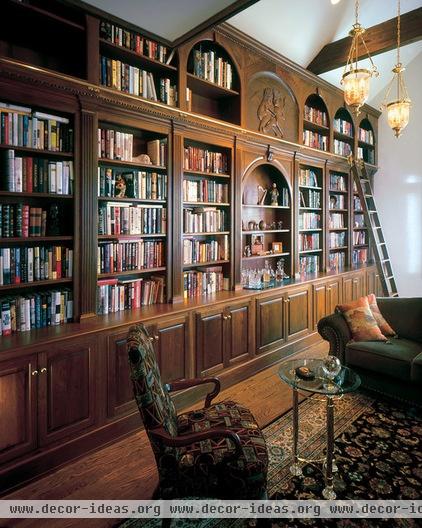
Cost: While the price of hardwoods varies regionally, just like the price of gas, walnut sells for roughly $5 a board foot wholesale. As with all hardwoods, the price of walnut plummeted for a while due to decreased domestic demand. Americans increasingly bought furniture made overseas, and then the housing market crashed — and, along with it, the economy.
However, because of tremendous demand in China, and to a lesser extent Canada, the price of walnut is skyrocketing. According to a report published by Bill Luppold, an economist at the U.S. Department of Agriculture Forest Service, a vast percentage of harvested walnut is exported to China as whole logs. Furthermore, the Chinese are not returning the walnut back here as finished furniture, because it's considered a status wood there.
Because there are so many people who want the look of walnut without paying its high price, it's not unusual for manufacturers to stain or dye other less expensive woods in walnut tones. The phrase "walnut finish" generally implies that it's not true walnut.
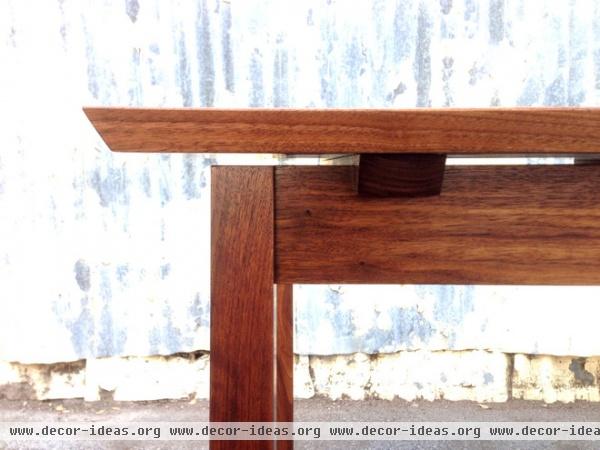
Ease of use: Woodworkers love walnut. “It’s pretty easy to work with,” notes Josh Salsbury, who works at actor Nick Offerman’s woodshop in Los Angeles and whose table is shown here. “It machines easily, doesn’t burn like maple and is stable. Plus it smells pretty good when you cut into it.”

Types of Walnut
You’ll sometimes hear about English walnut, but that species is grown primarily for commercial nut harvesting or as an ornamental yard tree.
Butternut, also known as white walnut, is an “incidental species,” says Jim Steen of Pike Lumber in Indiana. It’s a lighter shade of brown but is no longer a “competitive species,” he says, because it has been beset by a fungal disease for the last 20 years. Butternut is an extremely soft wood, on the order of poplar or alder, and is not considered commercially viable.
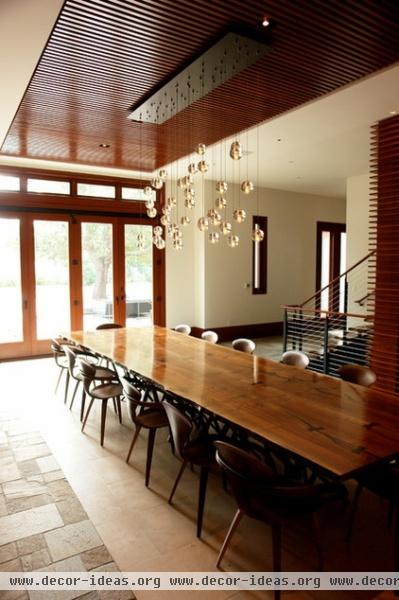
Claro walnut is an exquisite multicolored walnut that comes primarily from Northern California and the Pacific Northwest. After harvesting, it is usually air-dried as opposed to kiln-dried, which preserves the beautiful range of color streaks found within a single board.
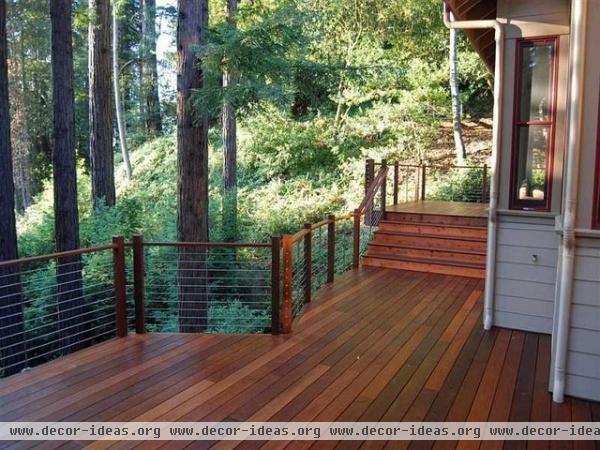
Not walnut: Ipe (pronounced EE-pay) is frequently referred to as Brazilian walnut, but it’s from a different genus and is therefore not a true walnut. Other woods that are not true walnuts are African, Caribbean and Patagonian “walnut.”
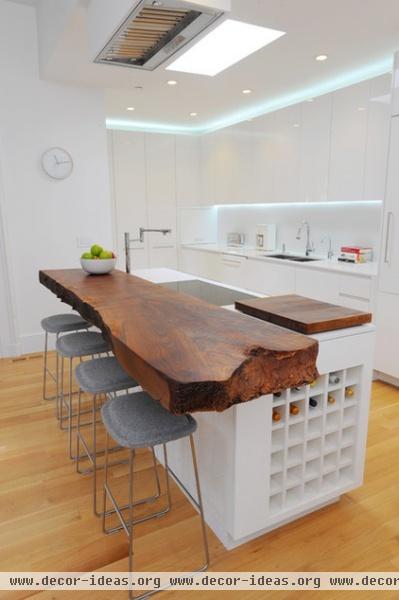
Slabs
Thick, live-edge walnut slabs are popular for countertops and tabletops and are fairly easy to find. Slabs work well in both contemporary settings atop a metal table base as well as in more rustic country rooms.
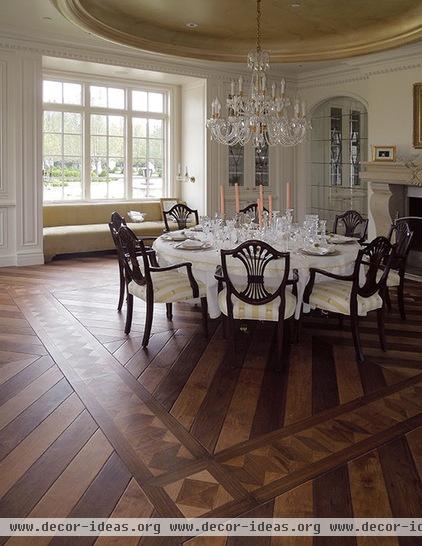
Durability
The Janka rating measures a wood's resistance to dings and dents. The scale ranges from the softest wood (quipo, at 22) to the hardest (Australian bull oak, at 5,060). Black walnut is rated 1,010 (pounds of force). That ranks walnut as "somewhat hard," a little below hard maple (1,450) and white oak (1,360).

Finishing
Walnut is a dream to finish. It sands to a highly polished luster and accepts any kind of sealing coat without trouble. The biggest problem is addressing the issue of sapwood, which is the dramatically light-colored wood found in the outermost portion of the tree. Some people like the natural variations between the light-colored sapwood and the darker-colored heartwood. If you find the combination too busy for your tastes, you can stain the wood to even it out.
If you are going to apply a paste wax to walnut, be sure to use a dark-colored wax. If you use a neutral color, the wax will dry to a milky color in cracks and crevices, whereas the dark-colored wax will blend in.

UV Stability
While many woods — maple, for example — patinate over time, walnut becomes lighter as it ages. "Walnut is not UV stable," notes professional wood finisher Brian Miller, who has restored many Greene and Greene historical landmark homes in Los Angeles. "Even with a finish coat, it still lightens with age."

Sustainability
Despite the current high demand for black walnut and its relative rarity in American hardwood forests, walnut is still a sustainable resource. The majority of all timberland in this country is privately owned, and professional foresters are typically hired to responsibly maintain the health of these properties. They follow best-practice guidelines and remove only dead, dying, diseased or damaged trees.
The American Hardwood Council states that the volume of hardwood in American forests is currently 90 percent larger than it was 50 years ago.
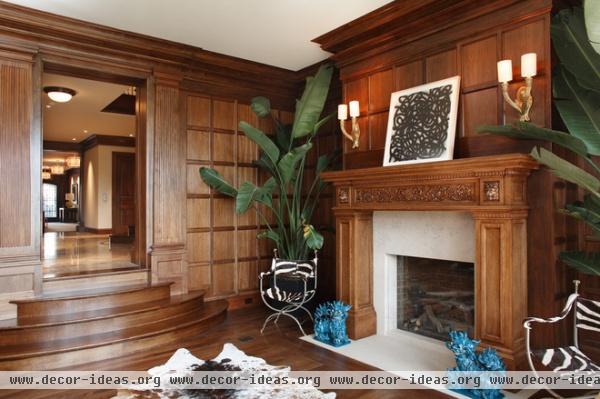
A cautionary note. Forester Jim Steen says dead or dying walnut trees should not be hauled elsewhere from the place where they are cut down. This is because these trees may have Thousand Cankers black walnut disease, which is spread predominantly via the movement of raw wood to a new location.
More:
The Wonder of Walnut: A Love Story
Maple Is a Marvel Around the House
Related Articles Recommended












